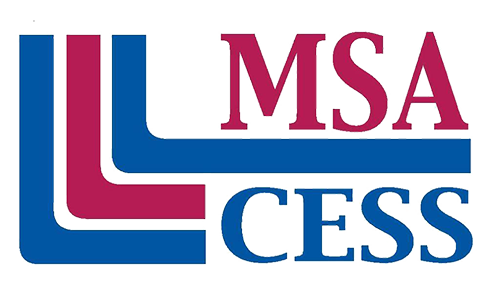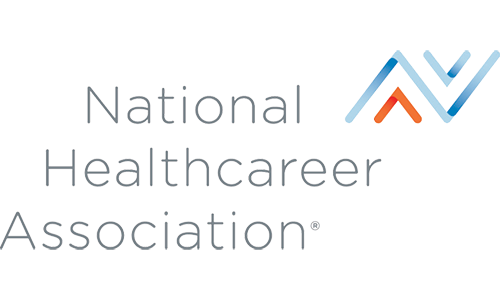Medical Assistants have one of the most versatile roles in healthcare, handling both clinical and administrative tasks depending on the needs of their workplace. Because they are trained to handle a wide range of responsibilities, employers in many different settings rely on them to keep operations running smoothly.
With strong demand for healthcare services and steady job growth, new Medical Assistants can choose from a variety of workplaces, from private practices and hospitals to specialty clinics and urgent care centers. This gives them plenty of opportunities to start and build rewarding careers.
7 Places A Medical Assistant Can Work
1. Doctor’s Offices (Primary Care & Specialty Practices)
Doctors’ offices are the most common places for Medical Assistants to work. In this setting, they often serve as the first point of contact for patients while supporting both clinical and administrative tasks.
- Greet patients, take vital signs, and record medical histories.
- Prepare exam rooms and assist physicians with procedures.
- Administer injections, blood drawings, or EKGs as directed.
- Schedule follow-up appointments and manage patient records.
2. Hospitals
Hospitals offer fast-paced environments where Medical Assistants may rotate between departments. This allows them to gain broad experience while supporting doctors, nurses, and other staff.
- Work in various departments such as emergency, surgery, or outpatient clinics.
- Support nurses and physicians by preparing patients for exams or procedures.
- Collect lab samples (blood, urine, swabs) and process basic tests.
- Monitor patient charts and update electronic health records (EHR).
3. Urgent Care Centers
Urgent care centers rely on Medical Assistants to provide quick, efficient patient care. Because these facilities treat a wide range of conditions, Medical Assistants must be adaptable and able to act quickly.
- Quickly triage patients and document symptoms.
- Perform basic diagnostic tests such as EKGs or blood draws.
- Assist providers with wound care, sutures, or splinting.
- Provide patient education about treatment or follow-up care.
4. Outpatient Clinics & Specialty Practices (Cardiology, Pediatrics, Orthopedics, etc.)
Specialty practices give Medical Assistants the opportunity to focus on a specific area of healthcare. Their role often involves learning specialized procedures and working closely with patients who need ongoing care.
- Carry out specialized tasks based on the field, such as EKGs in cardiology or growth charting in pediatrics.
- Prepare patients for imaging, stress tests, or physical therapy referrals.
- Handle medical equipment specific to the specialty.
- Act as a liaison between patients and specialists for ongoing care.
5. Nursing Homes & Assisted Living Facilities
In long-term care facilities, Medical Assistants play an important role in supporting residents’ daily healthcare needs. They often act as a bridge between patients, families, and medical providers.
- Help with medication management and documentation.
- Check vitals and monitor ongoing health conditions of residents.
- Provide support during physician visits or therapy sessions.
- Helping patients with activities of daily living (ADLs) such as bathing, dressing, grooming, and feeding.
6. Laboratories & Diagnostic Centers
Some Medical Assistants choose to focus on diagnostic testing in a laboratory, where their main responsibilities involve collecting and handling patient samples. This role requires precision and attention to detail.
- Collect blood and specimen samples from patients.
- Conduct basic lab tests under supervision.
- Ensure proper labeling, storage, and handling of specimens.
- Maintain lab equipment and sterile conditions.
7. Schools & Occupational Health Clinics
Medical Assistants can also work outside of traditional healthcare facilities, such as in schools or workplace health clinics. Here, the focus is on preventive care and supporting wellness.
- Assist with student or employee health screenings.
- Handle immunizations and maintain health records.
- Provide first aid for minor injuries.
- Support wellness programs and preventive health education.
Where Do Most Medical Assistants Work?
Most Medical Assistants work in physicians’ offices, by far the largest employer for the profession. According to U.S. Bureau of Labor Statistics data, more than half of all Medical Assistants (56%) are employed in doctors’ offices, particularly in primary care practices and specialty offices like pediatrics, cardiology, or orthopedics.
After physicians’ offices, the next most common workplaces are:
- Hospitals (state, local, and private) (16%)
- Outpatient care centers (9%)
- Offices of other health practitioners (8%)
In short, while Medical Assistants can work in many different settings, private practices and physicians’ offices remain the most common place you’ll find them.
If you’re ready to begin a rewarding healthcare career, ACI Medical & Dental School can help you take the first step. Our Medical Assistant program provides hands-on training, industry-recognized certification, and career support to prepare you for success in this in-demand field. With flexible opportunities across a variety of healthcare settings, now is the perfect time to get started. Contact us today and start building your future with ACI Medical & Dental School!







